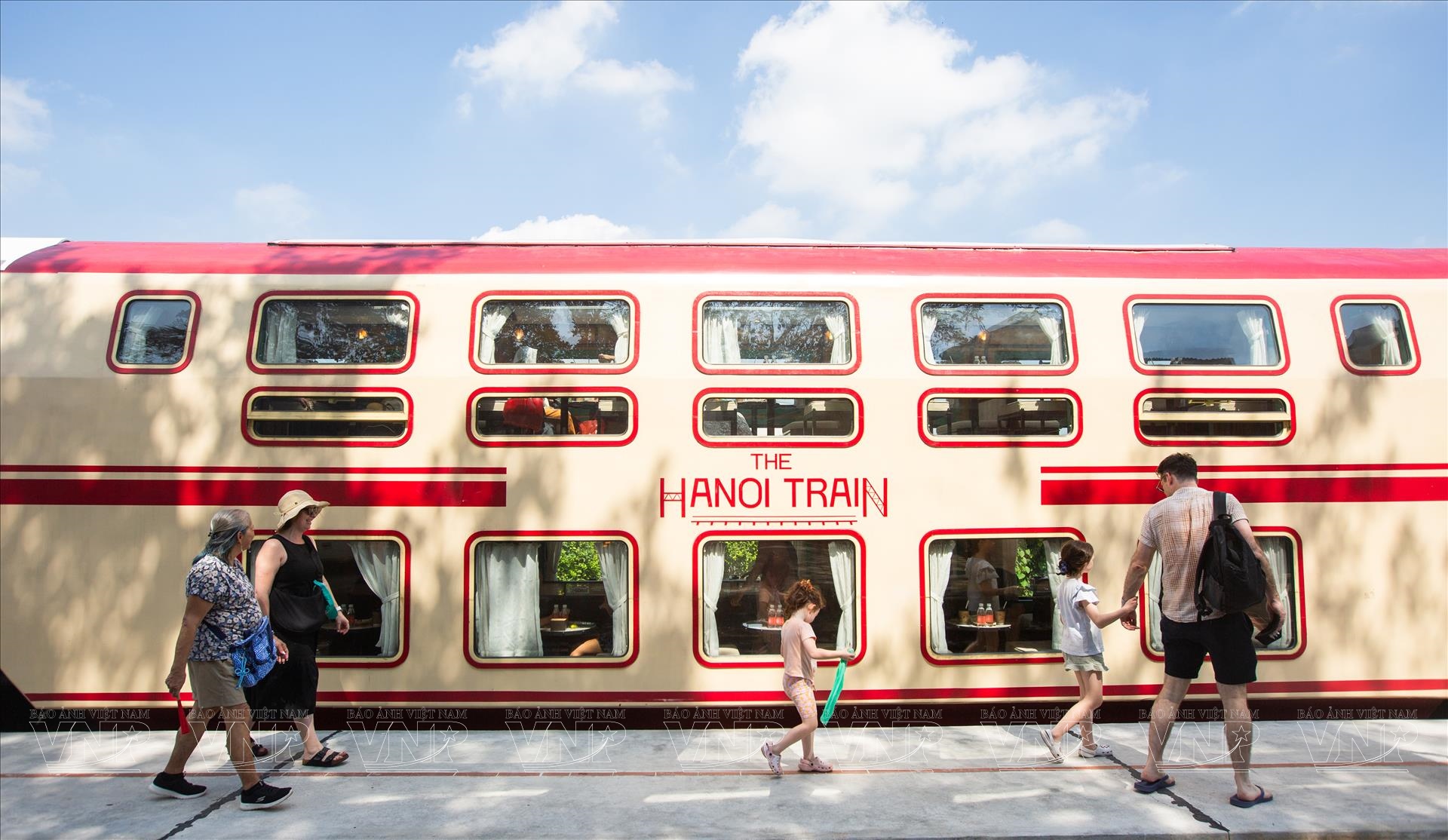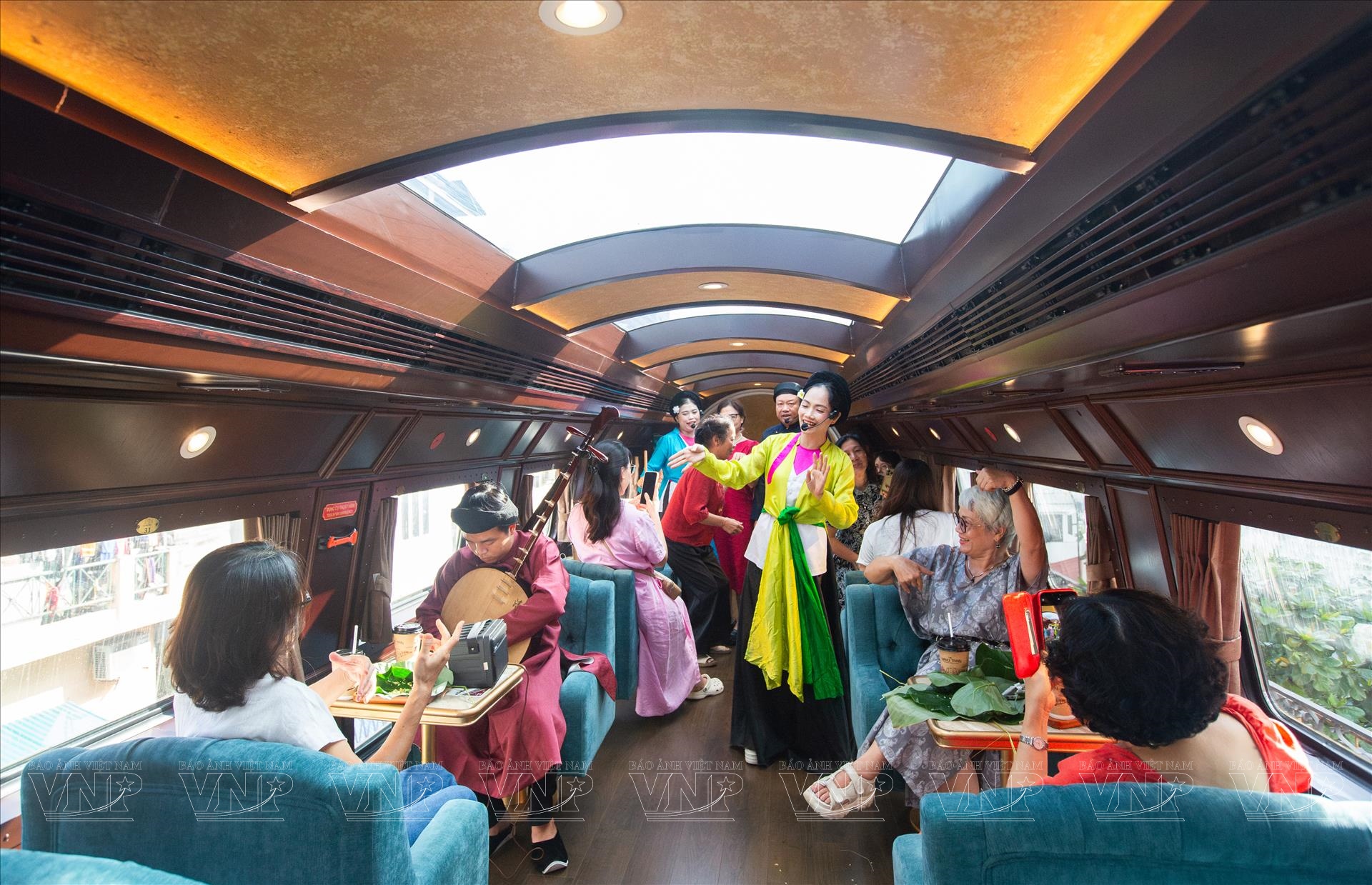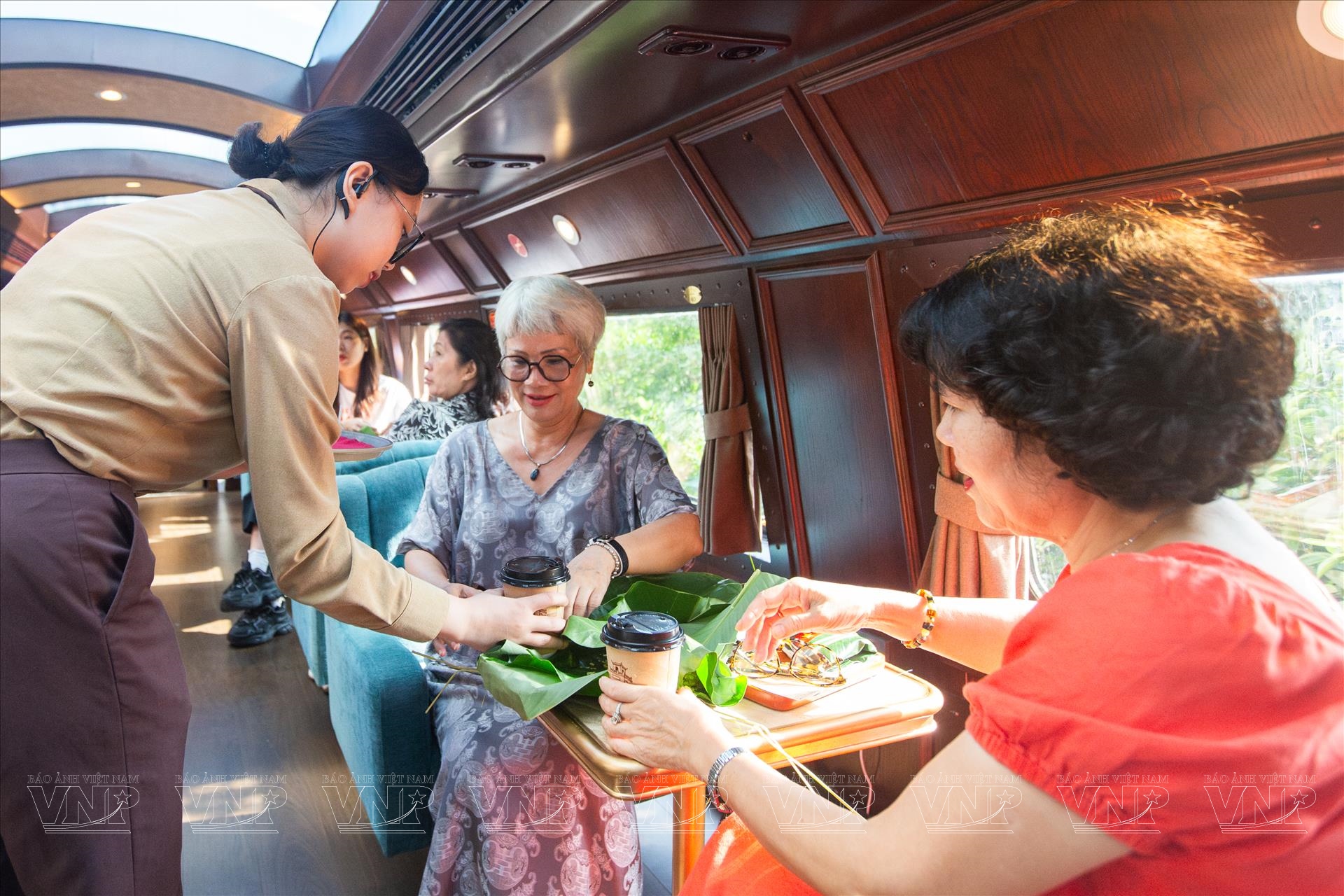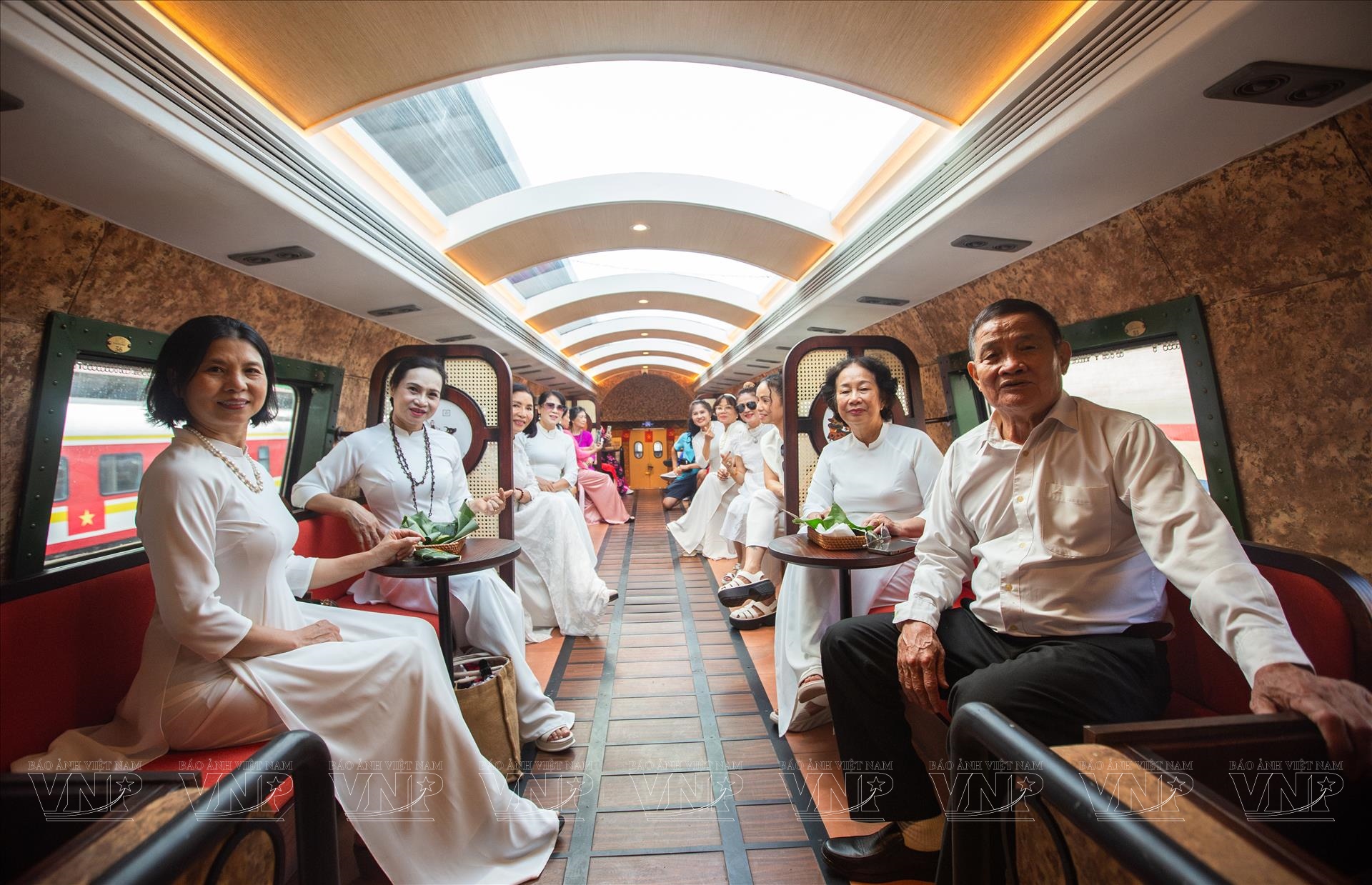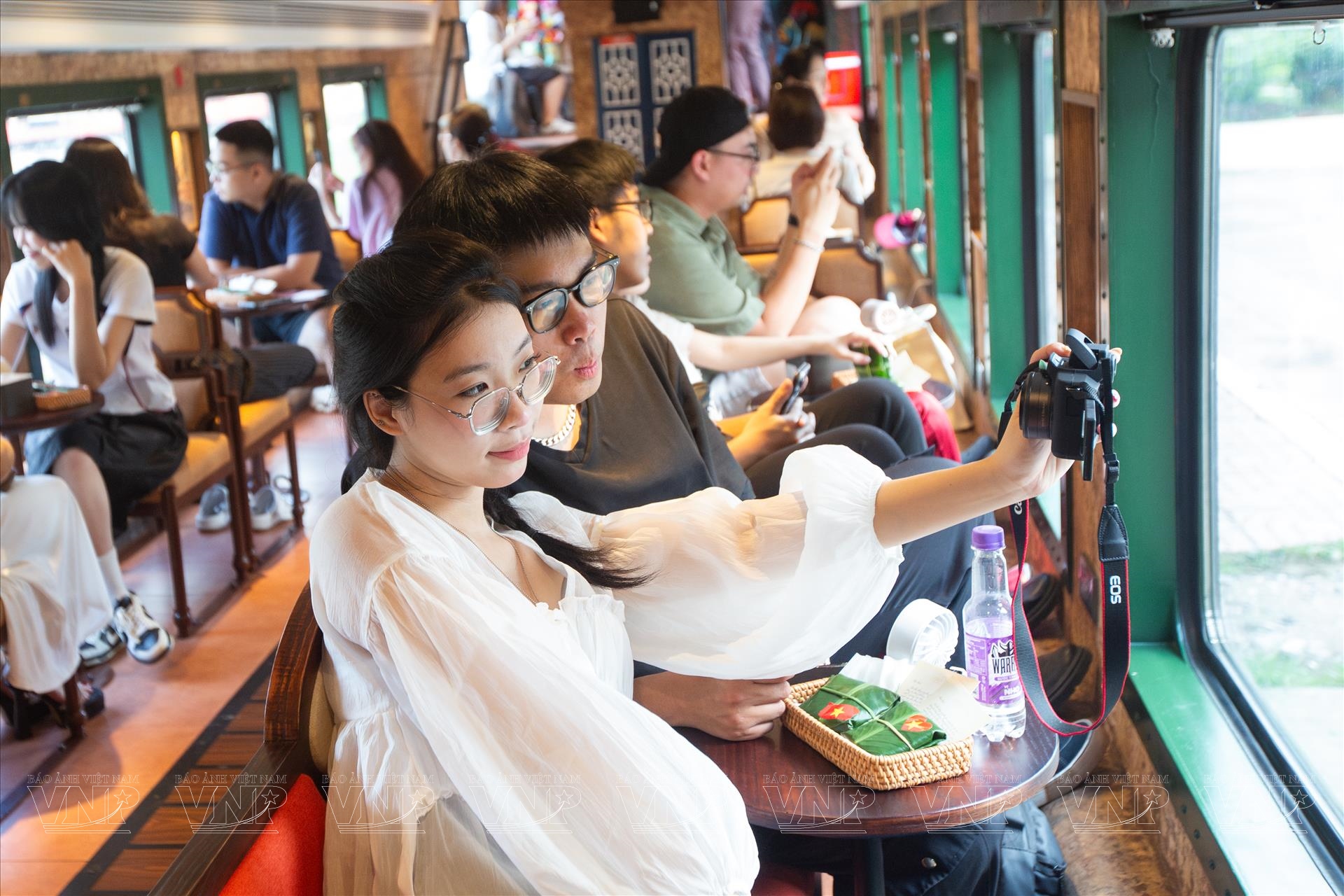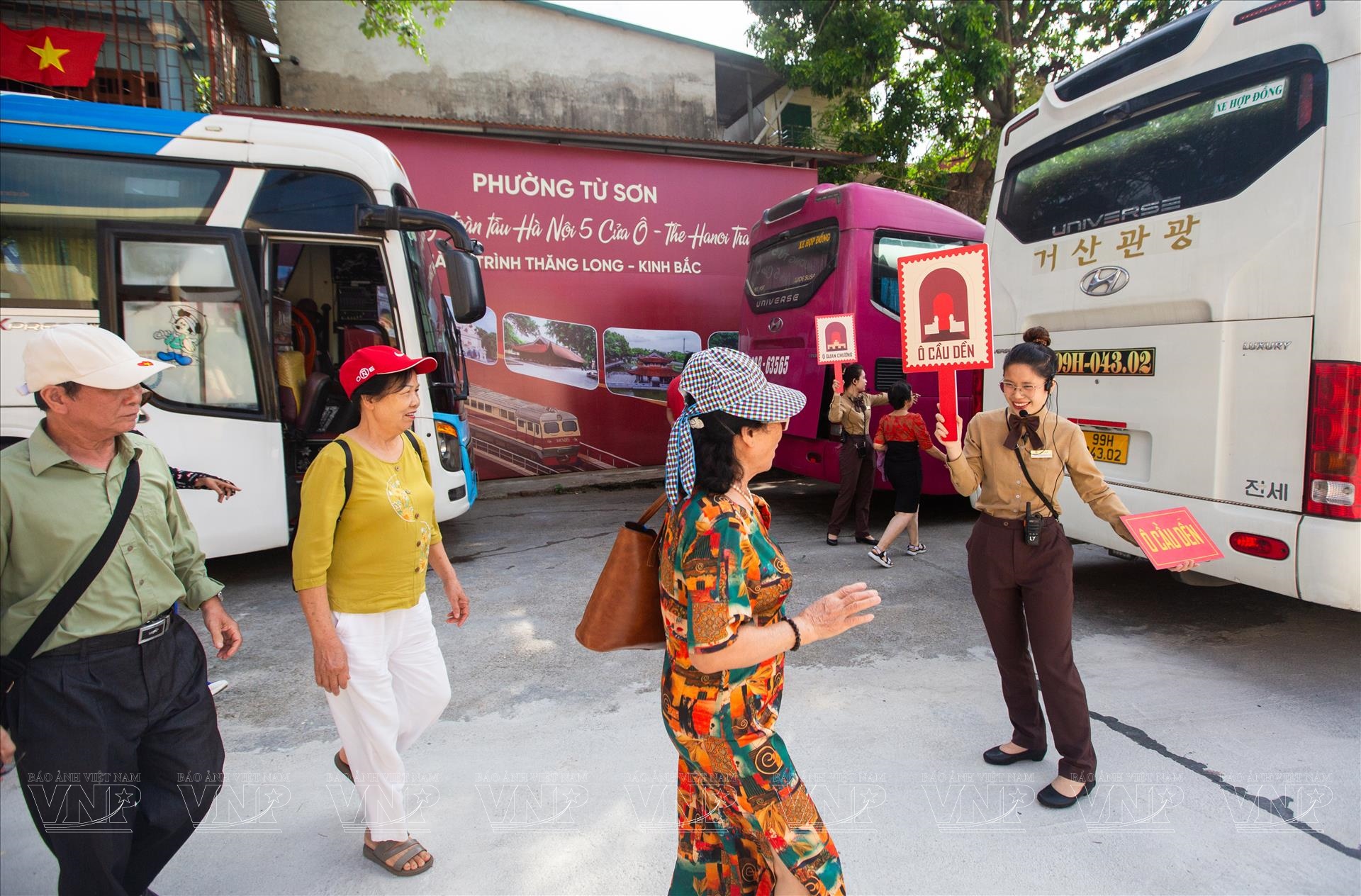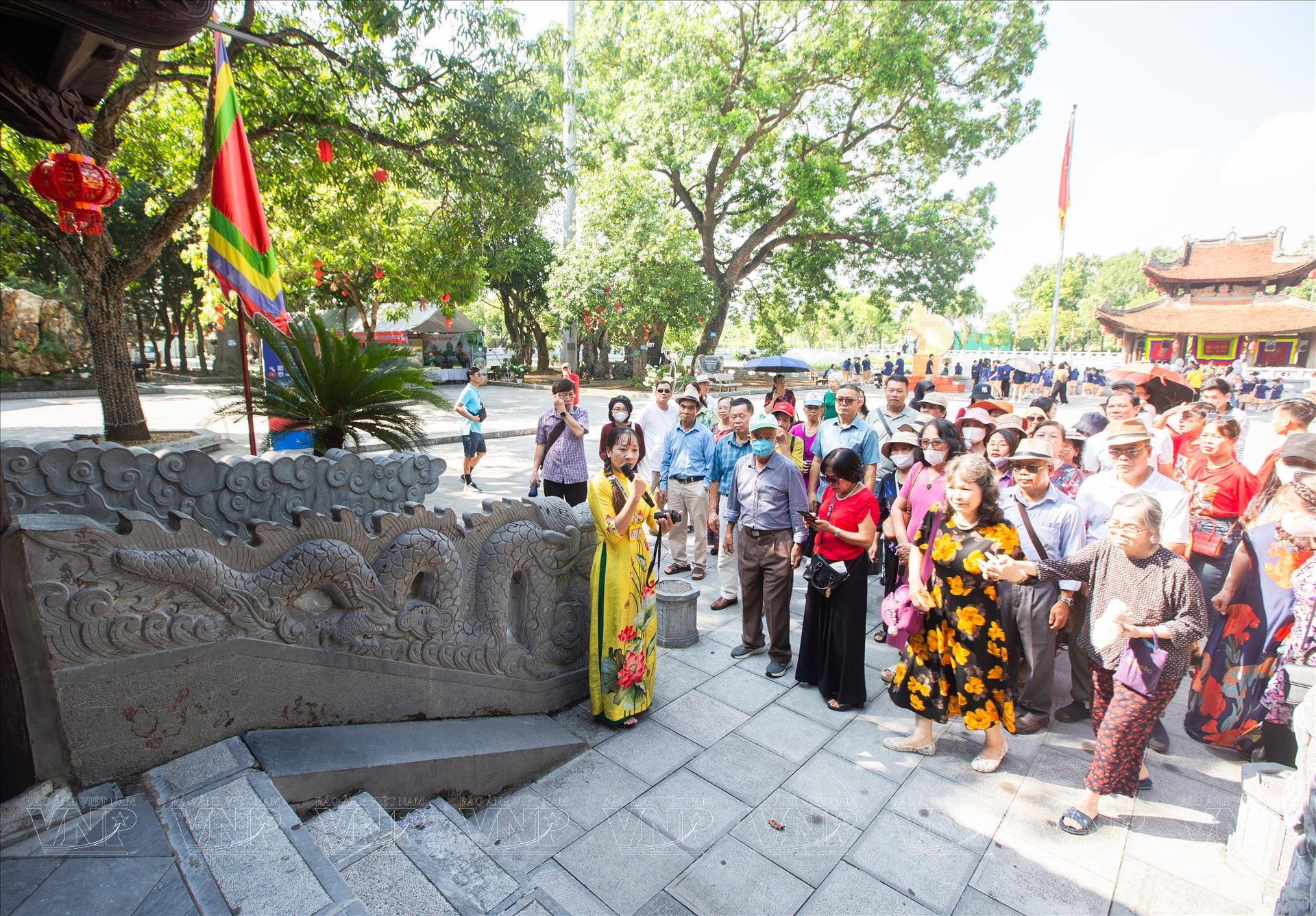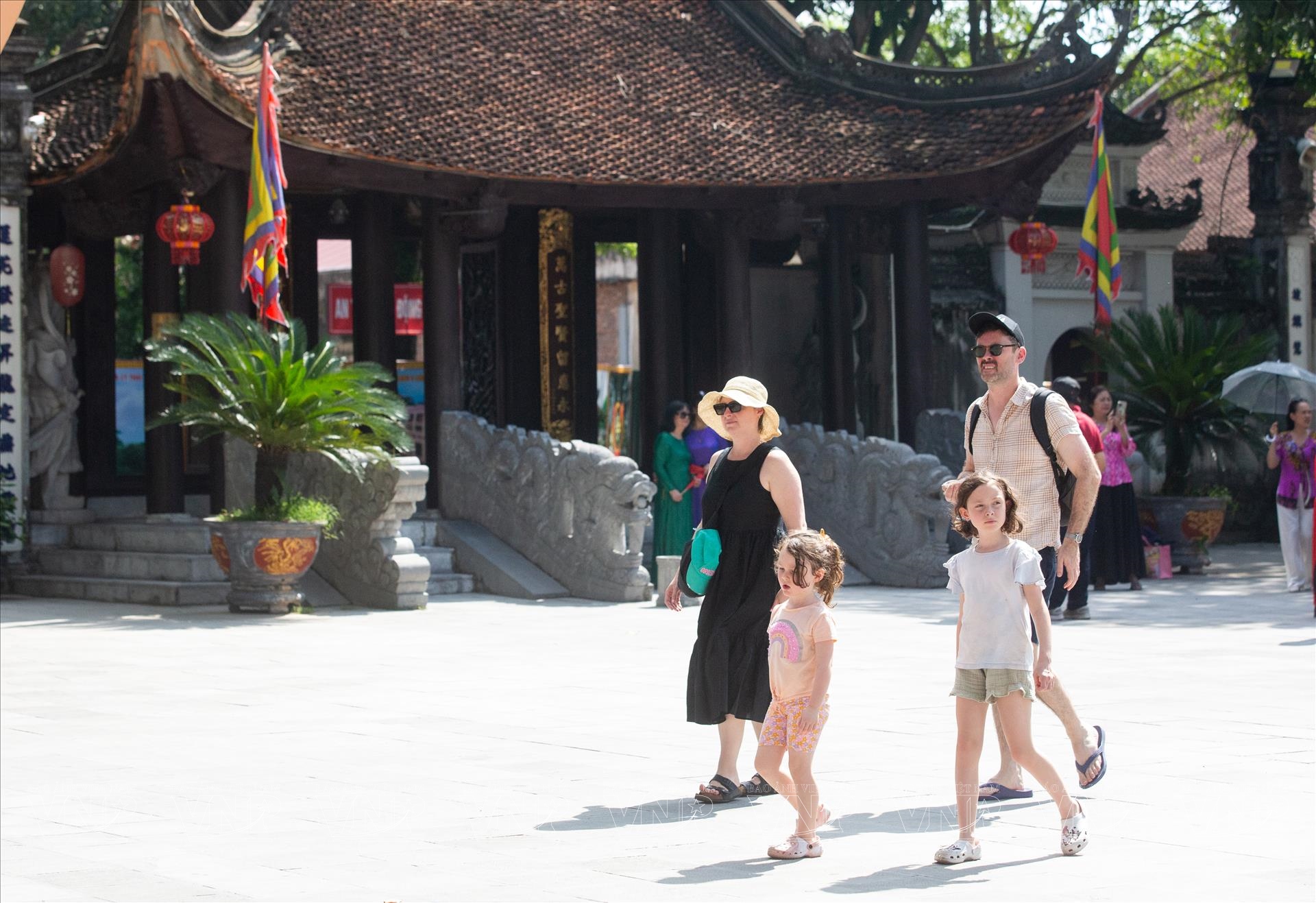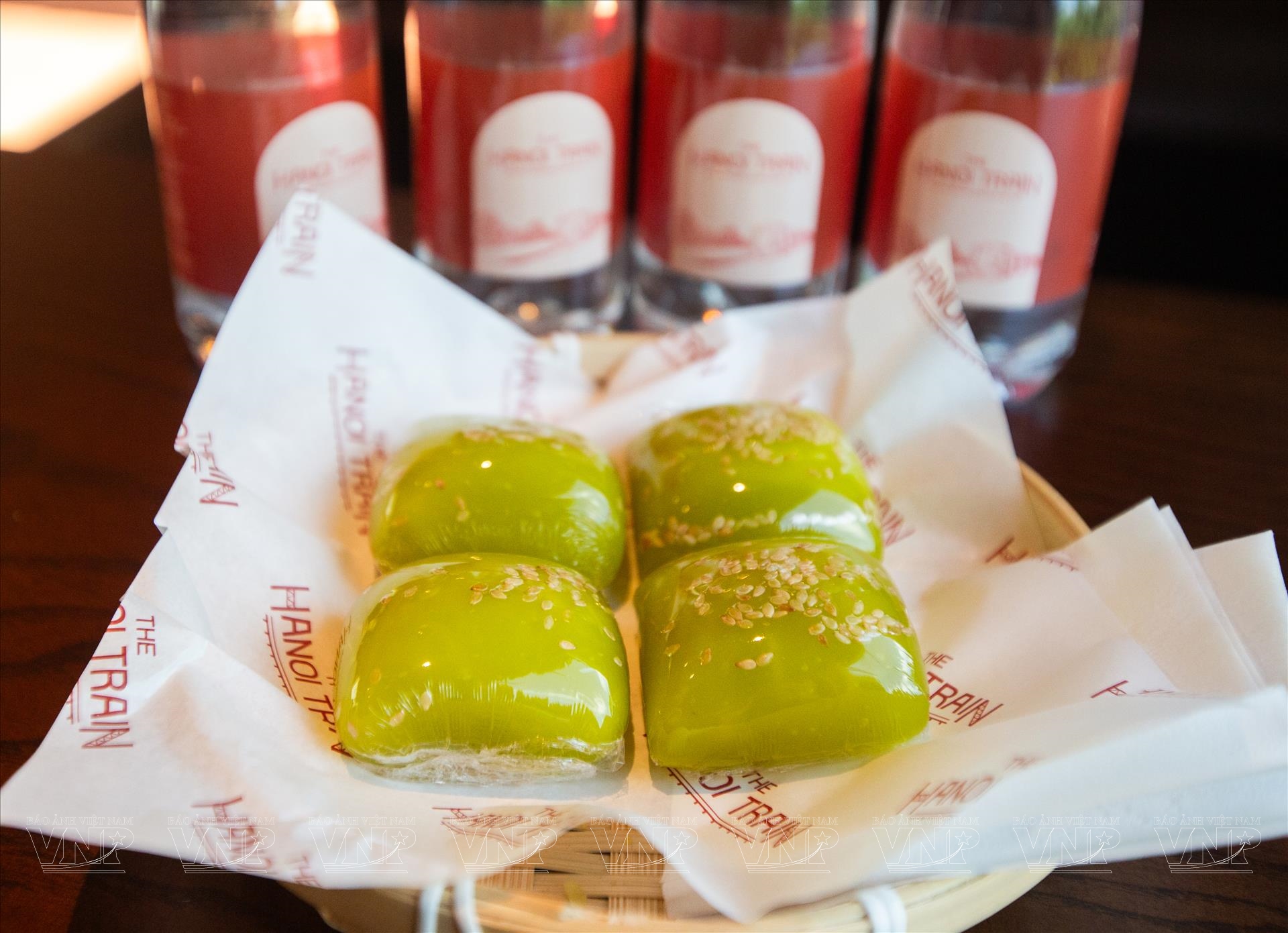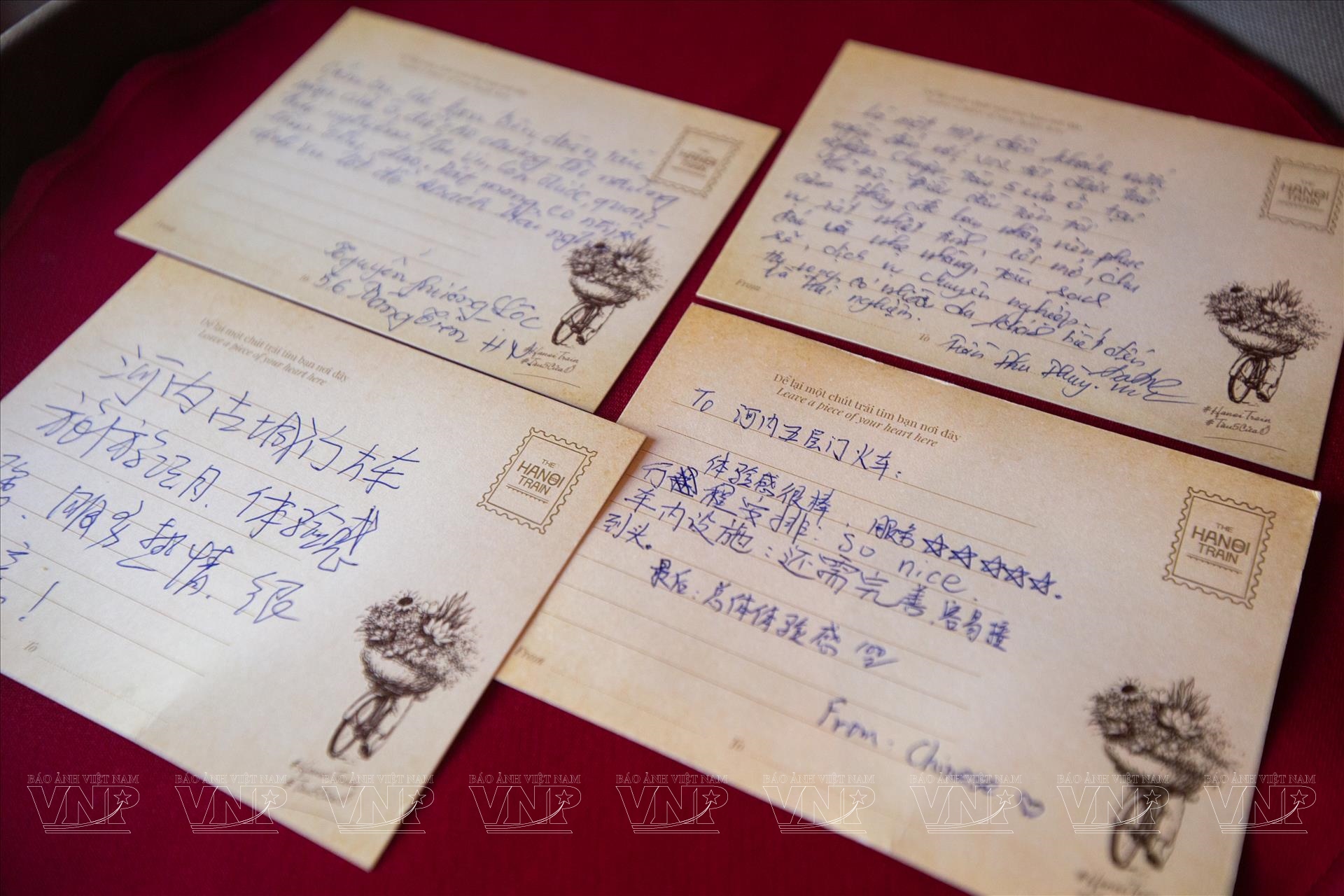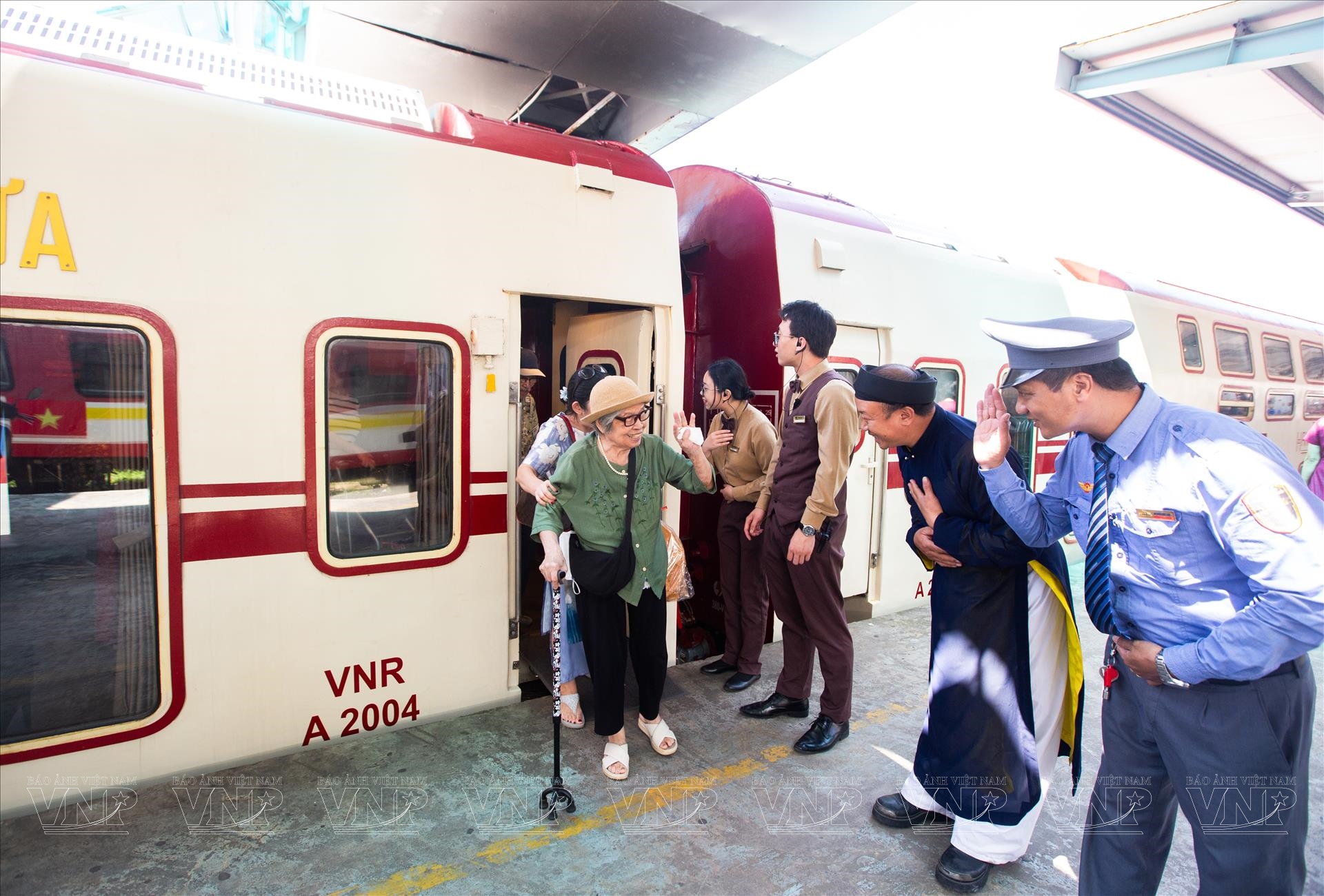The Hanoi Train - A Journey Linking Past & Present
Vietnam’s first double-decker tourist train, The Hanoi Train, has officially been launched by the Vietnam Railways Corporation (VNR), marking a new milestone in blending transportation, tourism, and culture in the heart of the thousand-year-old capital.
Inspired by the ancient citadel of Thang Long, The Hanoi Train pays tribute to the city’s five historic gates - O Quan Chuong, O Cau Den, O Cau Giay, O Cho Dua, and O Dong Mac - each a cultural landmark and symbolic gateway to Hanoi’s storied past.
Departing from Hanoi Station, The Hanoi Train follows a scenic route through Long Bien, Gia Lam, Yen Vien, and Tu Son (Bac Ninh) before returning to its starting point. The train includes five double-decker passenger cars and two open-air carriages designed for check-in and sightseeing, blending classic aesthetics with modern comfort. Inside, warm wooden tones, soft lighting, and expansive panoramic windows invite passengers to take in sweeping views of Hanoi’s streets, the Red River, and the city’s peaceful suburbs.
Beyond being a means of transport, The Hanoi Train transforms each journey into a moving stage of Vietnamese culture. Travelers can enjoy live performances of Quan ho folk songs, Xam singing, Cheo opera, and Ca tru chamber music - timeless art forms that capture the country’s heritage. As artist Thu Phuong said, “We hope to bring folk music closer to the audience, infusing it with modern energy while keeping its traditional heart alive”.
Both Vietnamese and international visitors have expressed their delight. Pham Tu Anh, a Hanoi resident, said, “Each carriage feels like a slice of Hanoi, taking me back to the city of my memories”.
Lena, a tourist from Sydney, Australia, said she has been on double-decker trains before, but nowhere else has she seen such a rich cultural atmosphere.
With its unique blend of art, cuisine, and technology, The Hanoi Train has become a new symbol of Vietnam’s innovative tourism spirit. Today, the familiar rhythm of its wheels is more than a sound of nostalgia - it echoes the pulse of a modern Hanoi, a city that continues to carry forward its timeless heritage.
Story: Ngan Ha Photos: Khanh Long/VNP Translated by Nguyen Tuoi
